Geography Of The World
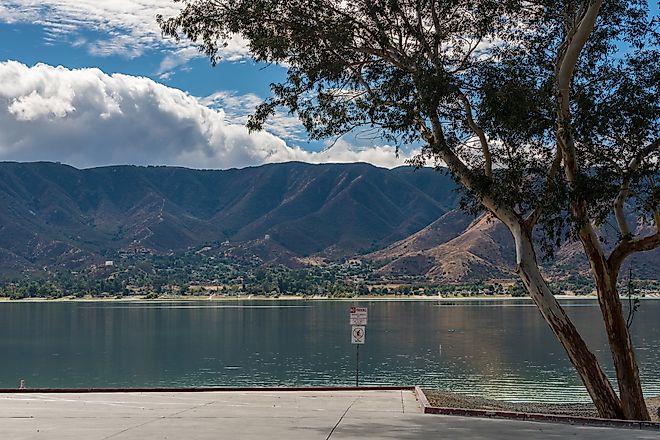
Lake Elsinore
Lake Elsinore is a lake located in a city of the same name, in Riverside County, California. The lake itself is a freshwater lake.
Burgh Island
Burgh Island is a 0.105 sq.km tidal island that is situated in the South Hams District, off the coast of South Devon in England.

Euphrates River
The Euphrates River is considered Western Asia’s longest river that has a length of about 2,800km. The river originates in the Armenian Highlands of southeastern Turkey.

Shenandoah River
The Shenandoah River is a major tributary of the Potomac River that flows through the US states of West Virginia and Virginia.
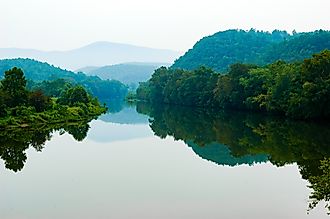
Brazos River
Also referred to as “Río de los Brazos de Dios” by the early Spanish explorers, the Brazos River is considered as the United States’ 11th longest river.

Third World Countries
The “third world” was originally a term used during the Cold War. It denoted countries that were not aligned with either the US-led Western bloc.

Lake Arrowhead, California
Lake Arrowhead is located in the mountains of the San Bernardino National Forest, in southern California. Lake Arrowhead measures just over 3 square km.
Deep Creek Lake
Deep Creek Lake is located in Maryland, United States, and is the largest inland body of water in the state. The lake is an artificially built reservoir constructed by the Youghiogheny Hydroelectric Company.
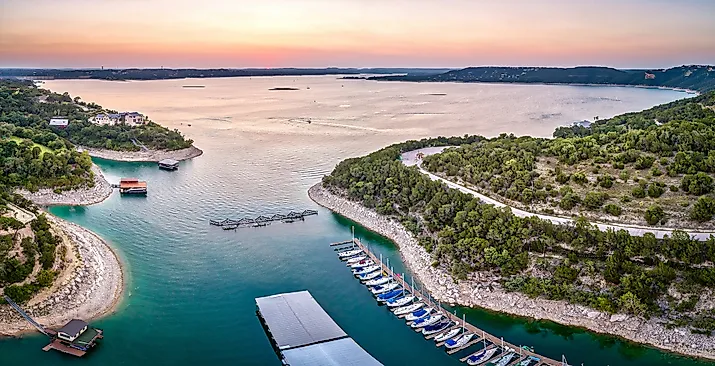
Lake Travis
Lake Travis is a human-made reservoir on the Colorado River. It is located in central Texas, United States, and has a surface area of roughly 76 square km.
10 Countries Producing The Most Plastic Waste
The country which produces the most waste is the United States. Second, is the United Kingdom. Americans produce on average 105kg of waste per capita/per year.
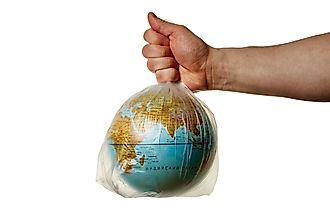

Commonwealth Countries
The Commonwealth is a voluntary association of 54 countries. It is often referred to as the British Commonwealth.

Islands Of Hawaii
The Hawaiian Islands are an archipelago that comprises 8 principal islands, several small islets, atolls, and seamounts spread over an area of 2,400km.

Uluru/Ayers Rock
The Uluru Rock, also known as the Ayers Rock, is an isolated giant monolith and a famous natural landmark in Australia’s southwestern Northern Territory.
Spencer Gulf
Two westernmost inlets or gulfs (Spencer and St Vincent) on Australia’s southern coast are considered to be a part of the Great Australian Bight.
Flinders Island
Flinders Island produces some of Australia’s quality food products and is home to a large population of Cape Barren goose.
Lake Lanier
Lake Lanier is a human-made reservoir lake in northern Georgia State, United States. The lake was created by way of the Buford Dam.
Great Australian Bight
The Great Australian Bight is a large, shallow, open bay in the Indian Ocean that indents Western and South Australia's southern coast.
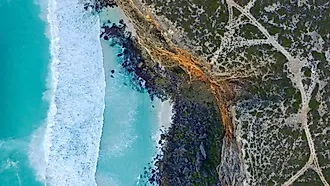
The 8 US States Located In The Great Lakes Region
Located in the east-central portion of the continent of North America, the Great Lakes is a series of five interconnected deep freshwater lakes.
Ouachita Mountains
The Ouachita Mountains are a chain of mountains in South Central United States that extends approximately 360 kilometers east to west from central Arkansas to southeastern Oklahoma.
Timor Sea
The Timor Sea is an extension of the Indian Ocean that is bounded by the island of Timor to the north, by the Commonwealth of Australia in the south.

Lake Piru
Lake Piru is a man-made reservoir, created by the damming of the Piru Creek – a tributary of the Santa Clara River by the Santa Felicia Dam.

Jarvis Island
Jarvis Island, formerly referred to as Volunteer Island, Brook Island, Jervis Island, or Bunker Island, is a coral island in the South Pacific Ocean.

Countries Without Rivers
It may seem shocking to think, but there are actually countries in the world that do not have any rivers in them, mostly these are desert countries.

Caucasus Mountains
The Caucasus Mountain range stretches for 1,200 km from northwest to southeast along the wide isthmus separating the Black Sea and the Caspian Sea.
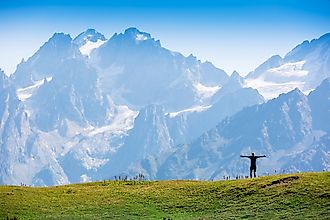
10 Highest Mountains In Nepal
About eight of the world’s fourteen eight-thousanders are located in Nepal either completely or are shared with the countries of India and China.

Lake Oahe
Lake Oahe is a man made reservoir, created by the damming of the Missouri River, by way of the Oahe Dam.

The World's Most Beautiful Valleys
Valleys are indents or gorges in land that can be found at various altitudes, often accompanied by mountain ranges, flowing river, dense forests and other lush vegetation.

How Many Islands Are In The Bahamas?
Officially known as the Commonwealth of The Bahamas, the Bahamas is an archipelagic country that occupies a major portion of the large Lucayan Archipelago.
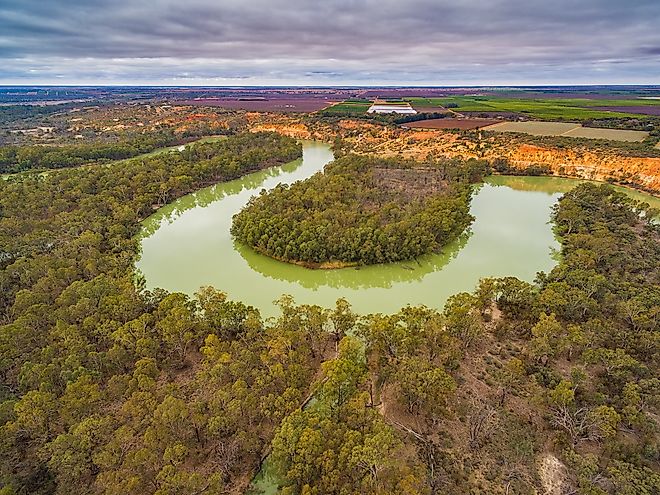
Murray River
The Murray River is located in south-eastern Australia, and is the longest river in Australia, at 2,508 kilometers.
River Thames
The River Thames is a 346 km river that flows through southern England, starting from Thames Head in Cotswold Hills, Gloucestershire County.
Snowy Mountains, Australia
The Snowy Mountains is a biogeographic region and mountain range in southern New South Wales, containing mainland Australia’s tallest peak.
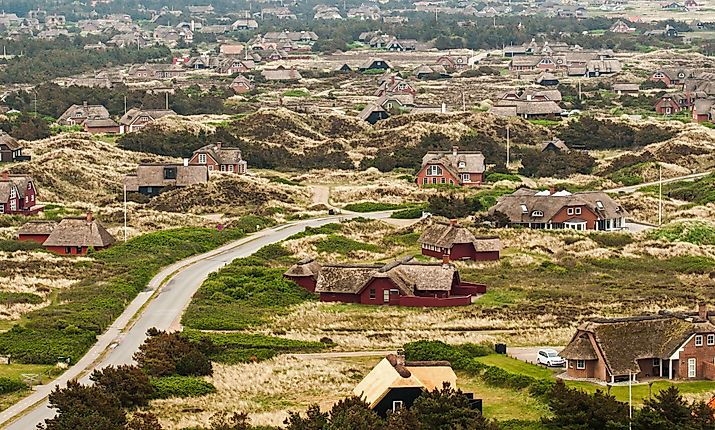
Jutland Peninsula
Jutland is the name of a peninsula in northern Europe that forms the continental portion of Denmark and parts of northern Germany.
Murchison River
The Murchison River is Western Australia’s second-longest river after the Gascoyne River. It begins from the Robinson Range and flows for some 820 km.
Great Dividing Range
The Great Dividing Range also called the Eastern Highlands, is a series of low mountain ranges, rolling hills, and plateaus in eastern Australia.

Ural River
Also referred to as the Zhayyq river in the native Kazakh language, the Ural River is a 2,428 km long river that flows through Russia and Kazakhstan.

10 Most Famous Rivers In The World
Rivers are the lifeblood of our world. This list looks at the ten most famous rivers in the world, from the Nile to the Mekong.

The Most Beautiful Countries In The World
From towering mountain peaks, to crystalline lakes, stunning coastlines, and lush jungles, this list looks at the most beautiful countries in the world.

Kassandra Peninsula
Kassandra Peninsula is a peninsula that is situated in Chalkidiki, a regional unit of Greece. Kassandra is the westernmost among Chalkidiki’s three peninsulas

Mont Blanc
Mont Blanc, French for “white mountain”, is the highest mountain in the Alps and Western Europe, reaching a staggering 4,808.7 m.